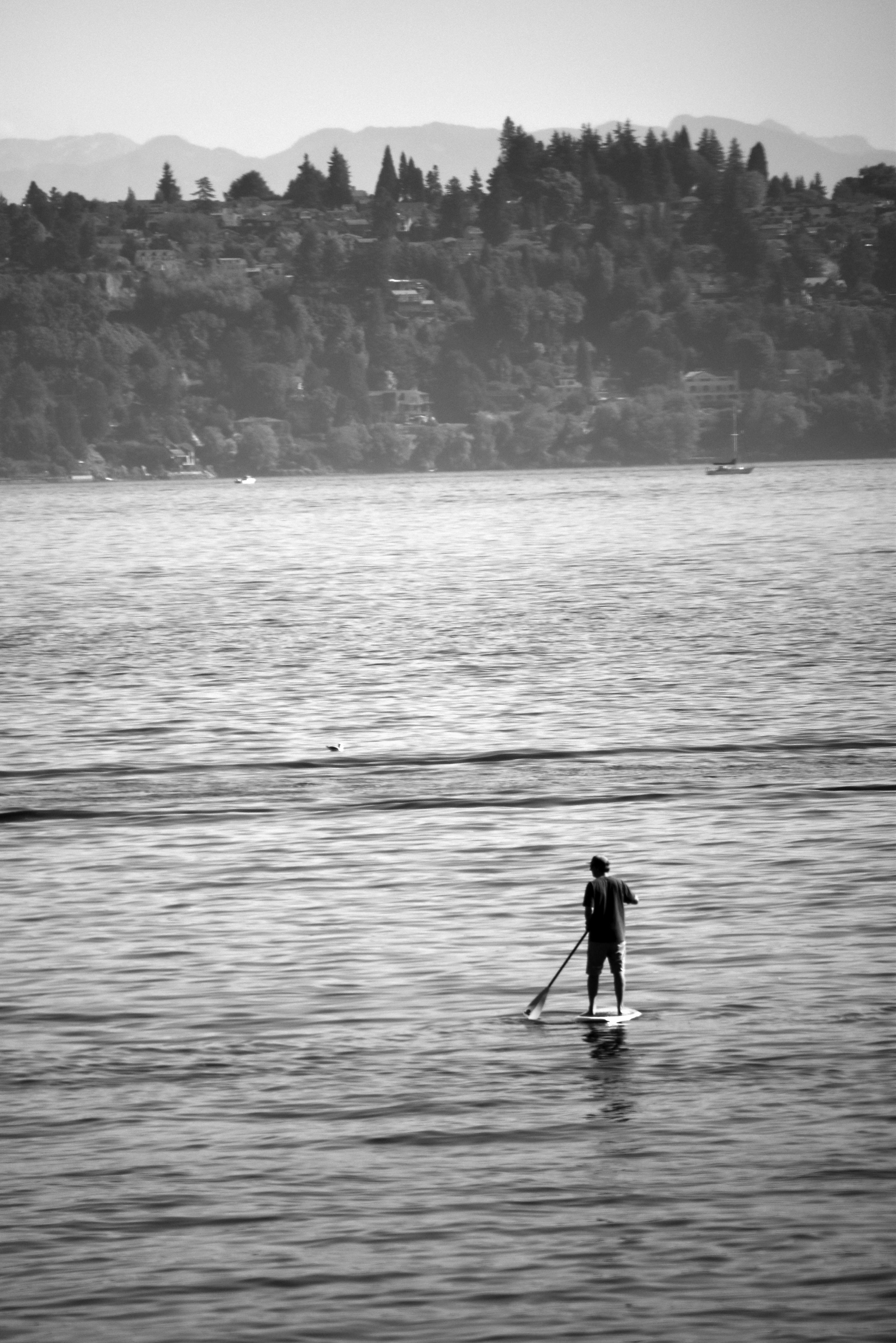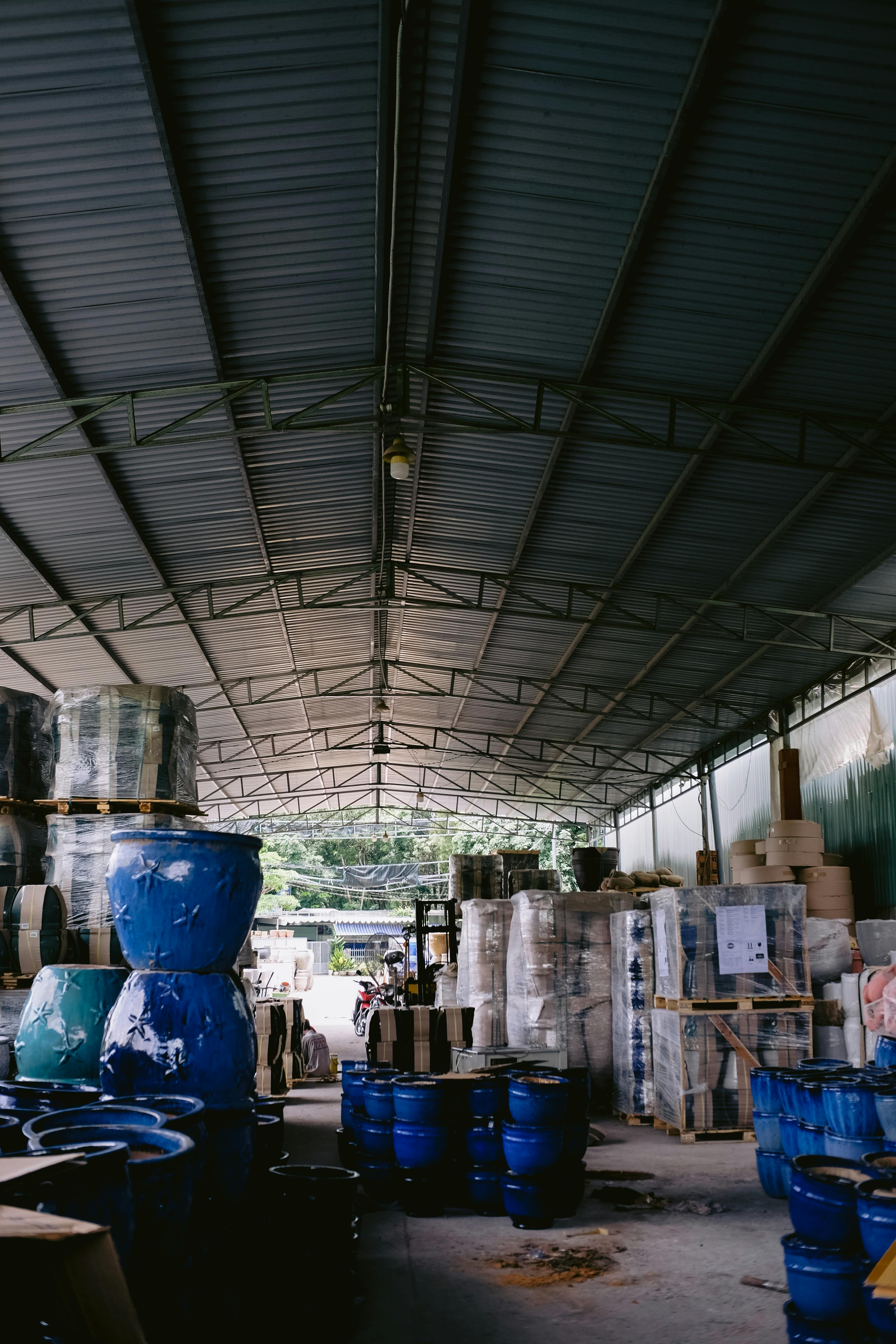Are you an avid paddler looking to keep your gear safe and secure while out on the water? Look no further! In this article, we will explore the best practices for secure gear storage while paddling. Whether you’re kayaking, canoeing, or stand-up paddleboarding, having a reliable and secure storage system is vital to ensure that your equipment stays safe and dry during your adventures. From using dry bags and waterproof cases to properly securing your gear to your vessel, we’ll cover all the essential tips and tricks to help you protect your valuable gear while enjoying your time on the water. So, let’s dive in and discover how to keep your gear secure while paddling!

Choosing the Right Gear
When it comes to secure gear storage while paddling, selecting the right gear is crucial. One of the first considerations is choosing waterproof bags. These bags are designed to keep your gear dry even in the wettest conditions. Look for durable materials such as PVC or nylon, as well as a waterproof closure system like a roll-top or ziplock.
Another option for gear storage is using kayak deck bags. These bags are specifically designed to attach to the deck of your kayak, providing easy access to your items while also keeping them secure. Look for bags with multiple compartments and attachment points to ensure that your gear stays organized and in place.
Dry boxes can also be a great option for storing gear. These hard-sided containers are perfect for protecting sensitive items such as electronics, wallets, or keys. Make sure to choose a dry box that is properly sealed and has a secure locking mechanism to prevent water from seeping in.
For smaller items or those that need extra protection, dry bags are a popular choice. These bags are made from waterproof materials and have a roll-top closure to create a watertight seal. They come in various sizes, so you can choose the one that suits your needs. Dry bags are especially useful for items like cameras or first-aid kits that need extra protection from water.
Securing Gear to the Kayak
Once you have chosen the right gear, the next step is to securely attach it to your kayak. One of the most common methods is using bungee cords and straps. These elastic cords with hooks are perfect for securing larger items like coolers or camping gear to the deck. Make sure to tighten the cords properly and double-check their security before setting off.
Most kayaks come with attachment points built into the deck or hull. Take advantage of these attachment points by using carabiners or straps to secure your gear. This is especially useful for attaching smaller items like water bottles or dry bags. By using these attachment points, you can ensure that your gear stays in place even in rough waters.
Another useful tool for securing gear is gear leashes. These are typically made of coiled bungee cords and are perfect for attaching items like paddles, fishing rods, or nets to your kayak. Gear leashes prevent your equipment from accidentally falling overboard and getting lost, giving you peace of mind while out on the water.

Organizing and Packing Gear
To make the most of your storage space and keep your gear easily accessible, it’s important to organize and pack it efficiently. Start by separating your gear into categories such as camping equipment, food, clothing, or electronics. This will help you identify what needs to be packed together and make retrieval easier.
Consider using waterproof dividers or bags to further organize your gear. These dividers are designed to fit in your kayak’s storage compartments and keep different items separate. Waterproof bags are also a great choice for organizing smaller items within larger storage areas. This helps prevent your gear from getting jumbled together and allows for quick and easy access.
Creating a packing plan can greatly simplify the process of loading and unloading your kayak. Plan ahead and lay out your gear in the order you will need it. Place frequently used items within easy reach and pack less frequently used items first. This way, you won’t have to dig through your gear to find what you need during your paddling adventure.
Maximizing space on your kayak is essential, especially for longer trips. Consider utilizing overhead storage areas or the space between your legs for smaller items. By using every available space efficiently, you can bring more essential gear without compromising the stability or safety of your kayak.
Protecting Gear from Water Damage
Regardless of how waterproof your gear storage options are, it’s always a good idea to take extra precautions to protect your gear from water damage. For electronics such as phones or cameras, using a dedicated dry bag is highly recommended. These bags provide an additional layer of protection and can prevent any accidents from ruining your expensive gadgets.
If you have gear that is not fully waterproof or needs extra protection, wrapping it in towels or clothes can help absorb any moisture that may enter your storage compartments. This extra layer of protection can be especially useful for items like sleeping bags or extra clothing items.
In addition to using waterproof bags and wrapping gear, consider applying waterproof sprays to items that are not naturally water-resistant. This can include items such as tents, sleeping pads, or backpacks. Waterproof sprays create a protective barrier on the surface, making them more resistant to water and preventing any potential damage.
For items that require the highest level of protection, utilizing waterproof cases is essential. These cases are made from durable materials such as hard plastic or aluminum and have a rubber gasket seal to provide complete water and dust resistance. Use waterproof cases for items like navigation devices, sensitive documents, or valuable equipment that you cannot afford to get wet.

Securing Paddles and Fishing Gear
When it comes to securing your paddles and fishing gear, there are a few options to consider. One of the simplest and most effective methods is using paddle leashes. These leashes attach to your paddle and then to your kayak, ensuring that your paddle stays attached even if it accidentally falls overboard. This way, you can focus on paddling without worrying about losing your paddle.
If you are an avid angler, installing rod holders and leashes on your kayak is a must. Rod holders provide a secure place to rest your fishing rod when you’re not actively using it. Leashes can be attached to the rod and your kayak, preventing it from being accidentally lost. This is especially important when dealing with bigger fish or in choppy waters.
Tackle boxes are another essential gear item for anglers, and securing them properly is crucial. Ensure that your tackle box has a secure latch or closure system to prevent it from accidentally opening and spilling its contents into the water. Additionally, consider using bungee cords or straps to keep the tackle box in place during your paddling adventure.
When organizing and securing fishing nets, it’s important to keep them easily accessible while also preventing them from getting tangled or lost. Attach a gear leash to your fishing net and then to your kayak to ensure it stays secure and within reach when needed. This way, you won’t have to worry about losing the net while trying to land a fish.
Considerations for Overnight Expeditions
If you’re planning an overnight kayaking expedition, it’s important to consider larger gear storage options. Look for kayaks that have dedicated stowage compartments or hatches. These compartments are designed to store larger items such as tents, sleeping bags, or cooking equipment. They provide secure, waterproof storage, ensuring your gear stays safe and dry throughout your trip.
When using stowage compartments or hatches, make sure to properly anchor and lock your kayak. This will prevent anyone from accessing your gear when you’re not around. Invest in a sturdy lock and use it to secure your kayak to a solid object or to itself. Taking these extra precautions will give you peace of mind and allow you to fully enjoy your overnight adventure.
Storing food and smellables properly is also crucial during overnight expeditions. Use dry bags or watertight containers specifically designed for storing food to prevent any leaks or spills. Additionally, consider using odor-proof bags or hanging your food in a bear-resistant container to deter wildlife from being attracted to your campsite. Proper food storage not only protects your gear but also ensures the safety of both you and the wildlife.
Preventing Gear Loss or Theft
Theft or gear loss can put a damper on any paddling adventure, so it’s important to take precautions to prevent such incidents. One of the simplest ways to protect your gear is to secure it within sight. Position your kayak and gear in a way that allows you to keep an eye on it, especially when taking breaks or leaving your kayak unattended.
Utilizing locking systems is another effective way to deter theft. Use cable locks or chains to secure your gear to permanent fixtures such as trees or docks. Additionally, consider using locking carabiners or padlocks to secure gear like coolers or dry boxes to your kayak. These extra layers of security can make all the difference in preventing theft.
For added peace of mind, you can employ GPS tracking devices on your gear. These devices can be discreetly attached to your gear and allow you to track its location in case it gets lost or stolen. GPS tracking devices are especially useful for expensive or valuable gear that you cannot afford to lose.
Lastly, always be mindful of your surroundings. When choosing a launching spot or parking area, opt for well-lit and secure locations. Be aware of your surroundings while paddling and stay alert for any suspicious activity. By being proactive and staying vigilant, you can significantly reduce the risk of gear loss or theft.
Maintaining Balance and Stability
Maintaining balance and stability while paddling is essential for a safe and enjoyable experience. One aspect of this is distributing the weight of your gear evenly. Aim to distribute the weight both vertically and horizontally across your kayak. This will ensure that your kayak remains balanced and stable, even with the additional weight of your gear.
Securing your gear low and centered on your kayak is another key factor in maintaining stability. Placing heavier items in the center of the kayak, closer to the hull, helps lower the kayak’s center of gravity and improves stability. Avoid placing heavy gear towards the front or rear of the kayak, as this can affect its stability and handling.
Avoid overloading your kayak with gear. While it may be tempting to bring along everything you think you may need, it’s important to consider the weight capacity of your kayak. Exceeding the weight limit can compromise the performance and safety of your kayak. Prioritize the essentials and leave behind any non-essential items to ensure a more stable and enjoyable paddling experience.
Before setting off, it’s crucial to test the stability of your kayak and gear. Sit in your kayak and assess how it feels with the gear loaded. Make sure the kayak remains stable both when stationary and when in motion. If you notice any instability, adjust the weight distribution or make sure the gear is securely fastened. By testing the stability beforehand, you can make any necessary adjustments and avoid any surprises on the water.
Practicing Safe Techniques
In addition to secure gear storage, it’s important to practice safe paddling techniques to protect your gear. Keeping your gear secure during self-rescue situations is crucial. Before heading out on the water, familiarize yourself with self-rescue techniques and practice them in a controlled environment. This will ensure that you can retrieve your gear and safely reenter your kayak in the event of a capsize or overturn.
When paddling in rough waters, such as in strong currents or high waves, it’s important to protect your gear from potential damage. Avoid exposing your gear to excessive splashing or submerging it in rough conditions if possible. If you anticipate rough conditions, consider packing your gear in extra layers of protection such as waterproof cases or double-bagging in dry bags.
One of the concerns during rolling or capsizing situations is losing your gear. To minimize the risk of gear loss in these situations, make sure that all your gear is properly secured using leashes, straps, or bungee cords. This includes items like paddles, fishing rods, or dry bags. By securing your gear properly, you can focus on executing your self-rescue techniques without worrying about losing your gear.
Lastly, it’s important to pack for different weather conditions. Even if the weather forecast looks promising, always be prepared for unexpected changes in weather. Pack appropriate rain gear, extra layers of clothing, and consider bringing a spare set of dry clothes. By preparing for different weather scenarios, you can protect yourself and your gear from the elements.
Regular Maintenance and Inspections
To ensure the longevity and performance of your gear storage systems, regular maintenance and inspections are necessary. Inspect your gear and storage systems before each use to check for any signs of wear or damage. This includes checking the integrity of your dry bags, zippers, straps, and attachment points. Replace any worn or damaged components to maintain the security of your gear.
Cleaning and drying your gear after each use is essential, especially if it has been exposed to saltwater or freshwater. Rinse off any salt or debris from your gear with fresh water and allow it to air dry completely before storing it. This helps prevent corrosion and the growth of mold or mildew, ensuring that your gear remains in good condition.
Storing your gear properly between uses is equally important. Make sure to store your gear in a dry and well-ventilated area, away from direct sunlight. Avoid storing it in humid or damp environments, as this can lead to the growth of mold or mildew. Depending on the material and type of gear, store it in a bag, box, or hang it to protect it from dust and potential damage.
By regularly inspecting and maintaining your gear and storage systems, you can extend their lifespan and ensure optimal performance. Taking the time to care for your gear will not only protect your investment but also give you peace of mind when embarking on your paddling adventures.
In conclusion, secure gear storage is crucial for a successful and enjoyable paddling experience. By choosing the right gear, securing it properly to your kayak, organizing and packing efficiently, taking precautions to protect gear from water damage, securing paddles and fishing gear, considering storage options for overnight expeditions, preventing gear loss or theft, maintaining balance and stability, practicing safe techniques, and regularly maintaining and inspecting your gear, you can ensure that your gear remains secure, accessible, and in good condition throughout your paddling adventures.
